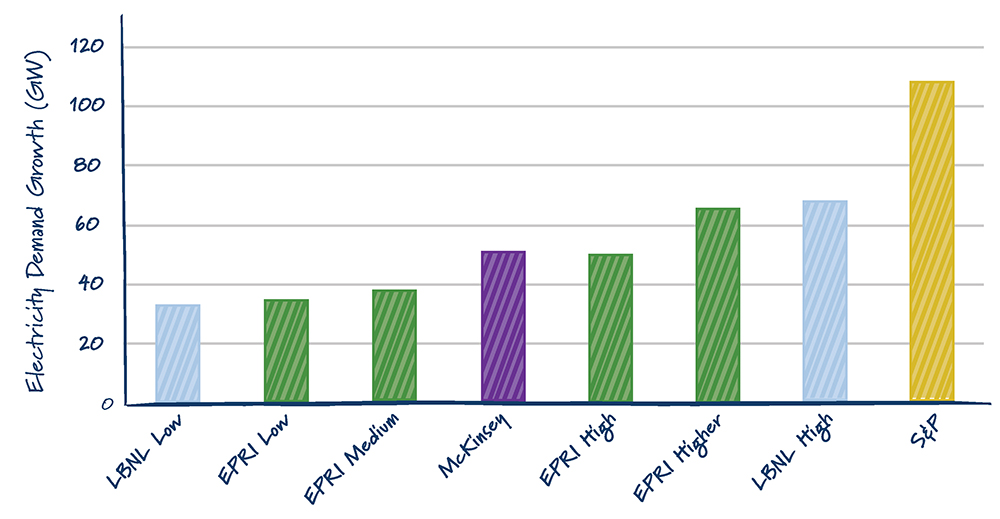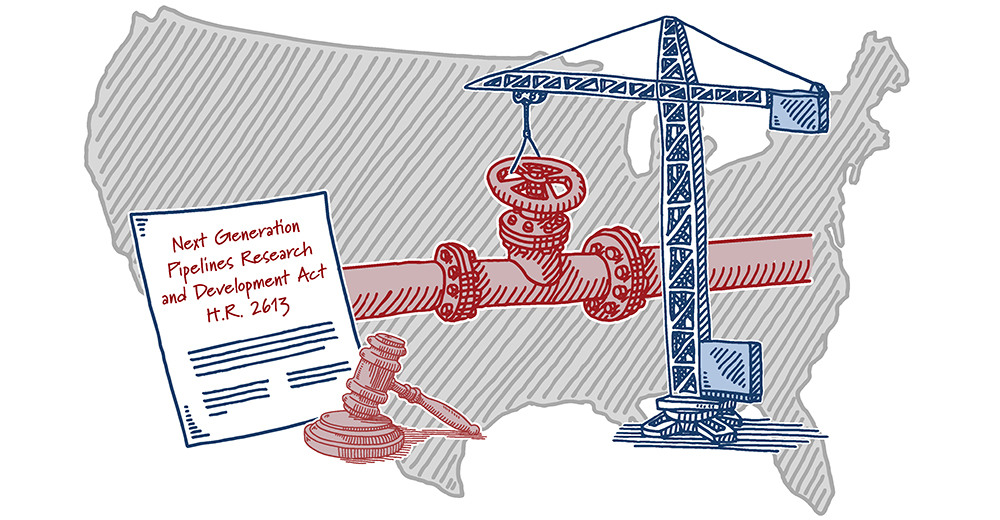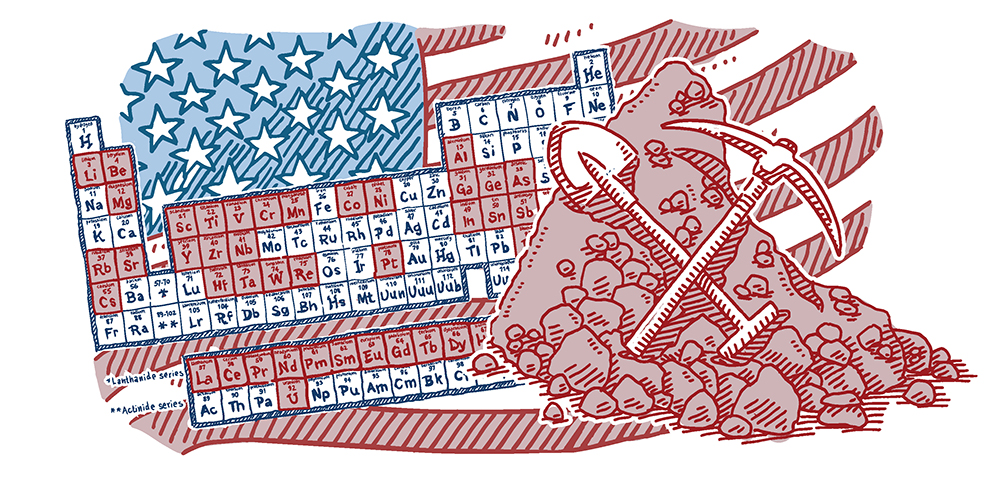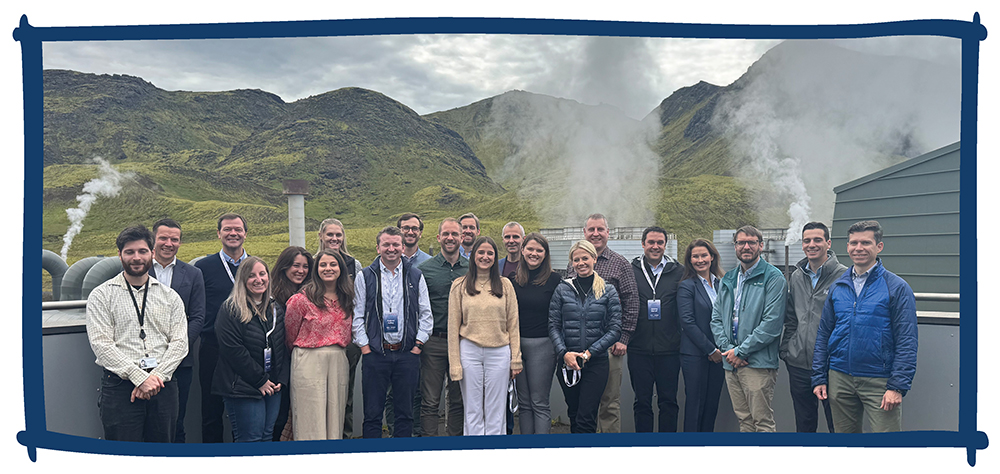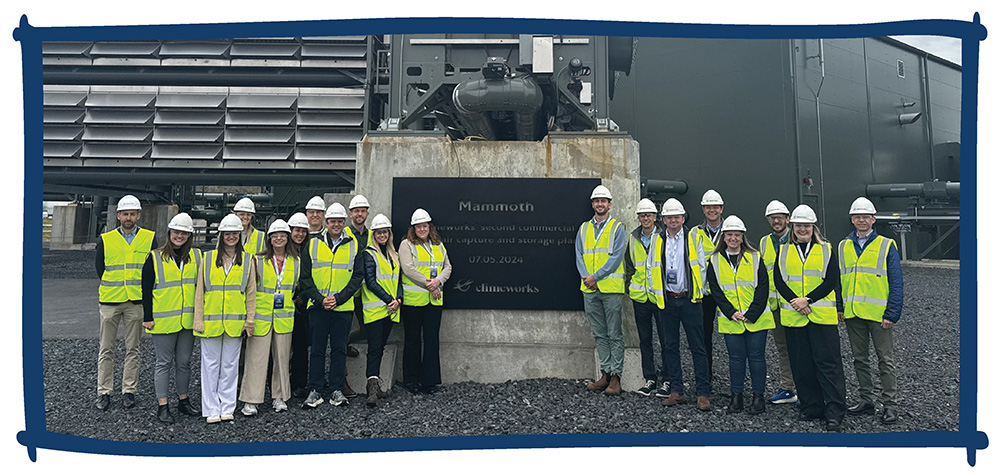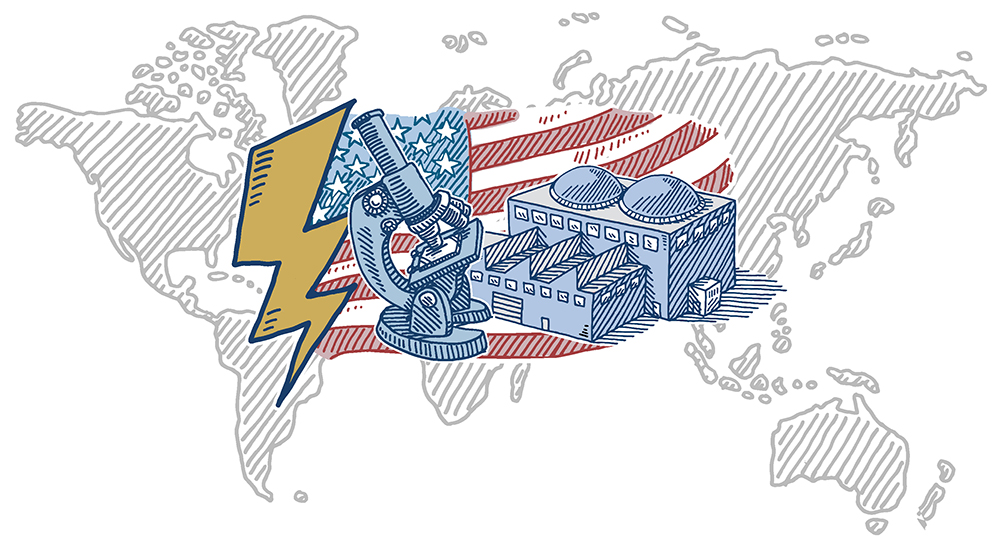Clean Baseload Power: A Politically Durable Energy Agenda
ClearPath was founded in 2014 to fill the whitespace in the energy debate. Plenty of technology and industry-specific organizations existed. But who was working on an American innovation agenda and policy strategy focused on building clean, baseload energy? And, more specifically, who were the conservative voices?
That’s where ClearPath founder Jay Faison stepped in: “I want conservatives to be leaders on clean energy—from nuclear to hydropower to clean fossil fuels—both to improve the environment and strengthen real conservative leadership.”
Today, politics remain polarized, and there is still healthy debate over which technology is the best, most affordable way to meet growing demand.
Instead of falling into the false choice trap of fossil fuels versus renewables, or the economy versus the environment, we espouse choosing markets over mandates and innovation over regulation.
And now, as the post-One Big Beautiful Bill dust settles, an actual clear path for a politically durable American energy system has emerged.

Amidst the political noise, a quiet, bipartisan consensus has formed around a critical piece of America’s energy future: clean, firm, 24/7 energy technologies.
Both parties recognize that if we want to maintain a reliable grid, meet growing electricity demand to win the AI race, and reduce emissions, we need firm, always-on clean power.
This is where technologies like advanced nuclear, carbon capture, hydropower, fusion and enhanced geothermal systems come in. These solutions can provide round-the-clock electricity. And crucially, they have gained champions on both sides of the aisle. Recent federal policies prove the point. The Energy Act of 2020, which had strong bipartisan support in Congress and was signed into law by President Trump, authorized research, development and deployment policies for clean, firm power.
The Infrastructure Investment and Jobs Act of 2021, passed with bipartisan support and signed by President Biden, dedicated billions to fund demonstrations of those technologies authorized in the Energy Act of 2020.
The Inflation Reduction Act, driven by Democrats in 2022, and One Big Beautiful Bill, by Republicans this year, both have one thing in common — support for new nuclear, long-duration energy storage, carbon capture, geothermal and hydropower, or, as we’ve already said…clean, 24/7 reliable energy.
At the same time, Republican-led states like Wyoming, Utah, Louisiana and West Virginia are actively partnering with private developers to host small modular nuclear reactors and carbon capture projects, while Democratic strongholds like California, New York and Michigan are extending the life of their nuclear plants to keep clean, reliable power on the grid.
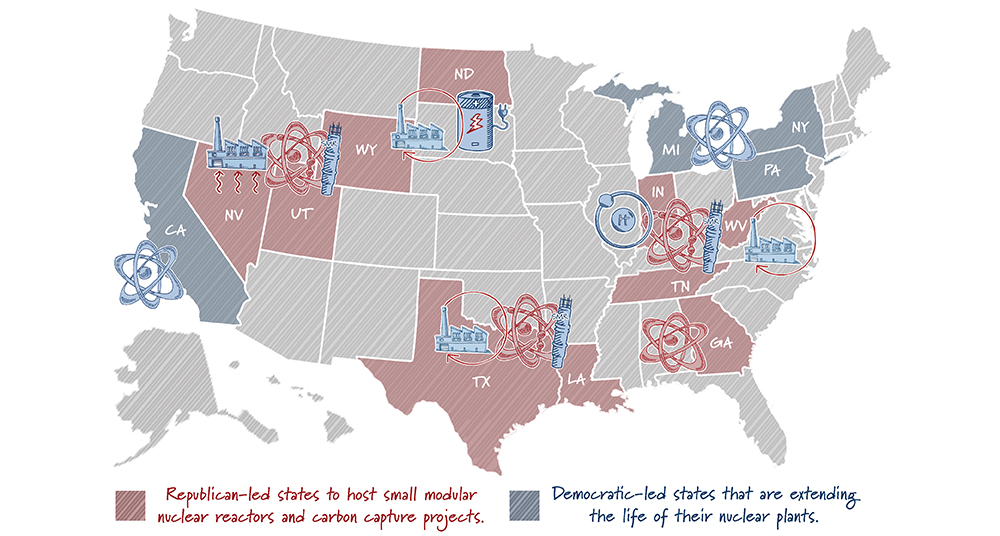
The motivation is not ideological; it’s practical. A manufacturing renaissance, more electrification of buildings and industry, and a data-driven economy all require massive amounts of reliable electricity. Without 24/7 power, renewables alone cannot meet that demand without risking blackouts or skyrocketing costs. And while we want to see more fossil fuel power plants with carbon capture get built, supply chains and infrastructure challenges make meeting the entire demand challenging.
Policymakers in both parties are seeing the same reality: the U.S. must invest in American-made technologies that can run all day, all year.
The alignment is not just good for political discourse; it’s good for American energy dominance. China and Russia are aggressively deploying advanced nuclear and other clean energy infrastructure around the world. To beat them, we must diversify our innovations and accelerate the deployment of technologies at home while opening up new global buyers of American-made energy.
At the same time, the drumbeat for modernizing energy permitting is getting louder and for good reason. If we want America to lead the world and develop more of the clean, baseload power that has bipartisan support, developers must have a better path to obtaining permits.
Energy policy may never be completely free from partisanship, but we should not lose sight of the common ground that now clearly exists. When it comes to keeping the lights on, powering the economy and new AI, and lowering global emissions, clean 24/7 energy is one issue where America can still move forward together.
